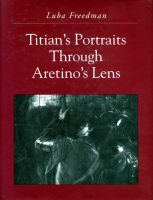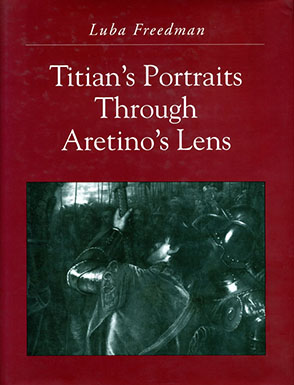Titian's Portraits through Aretino's Lens
Luba Freedman
“A model for future studies of portrait painting. Since portrait painting by and large is the foundation (as well as the bread and butter) of Renaissance art, Freedman’s book opens a door to a better understanding of that art in all of its aspects. Historians as well as historians of art will find this a refreshingly useful work.”
- Description
- Reviews
- Bio
- Subjects
Fusing iconographical analysis of the most famous Titian portraits with rhetorical analysis of Aretino's literary legacy as compared to contemporary reactions, Freedman demonstrates that it is due to Titian's many portraits and to Aretino's repeated simultaneous writings about them that the portrait ceased being primarily a social-historical document, preserving the sitter's likeness for posterity. It gradually became, as it is today, a work of art, the artist's invention, which gives its viewer an aesthetic pleasure.
“A model for future studies of portrait painting. Since portrait painting by and large is the foundation (as well as the bread and butter) of Renaissance art, Freedman’s book opens a door to a better understanding of that art in all of its aspects. Historians as well as historians of art will find this a refreshingly useful work.”
Luba Freedman is Assistant Professor of the History of Art at the Hebrew University of Jerusalem. She is the author of The Classical Pastoral in the Visual Arts (1989) and Titian's Independent Self-Portraits (1990).
Mailing List
Subscribe to our mailing list and be notified about new titles, journals and catalogs.




